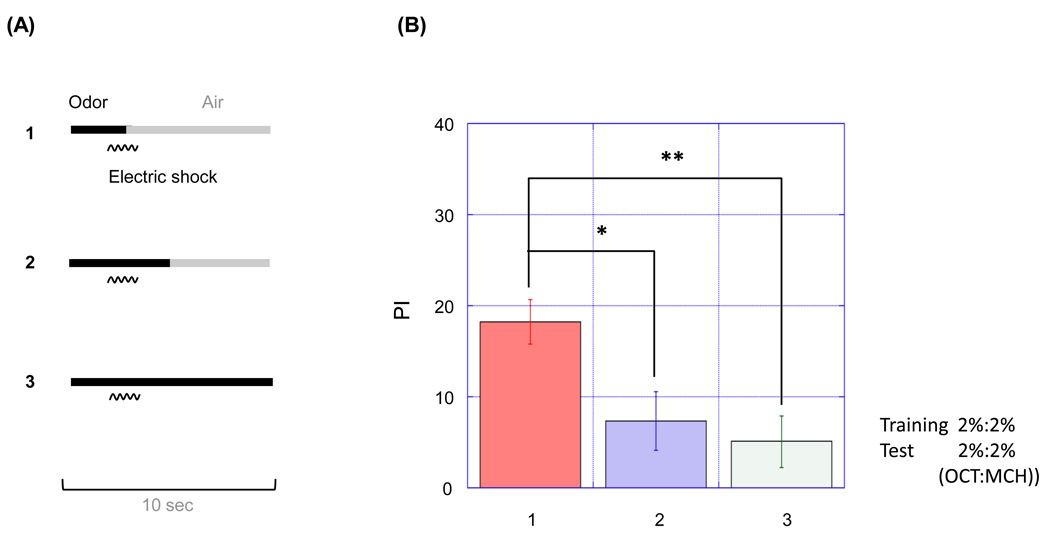Figure 3. A prolonged odor presentation has a negative effect on memory formation.
(A) Schematic diagrams showing training protocols (protocol 1–3) for the examination of the timing of odor presentation. Animals were exposed to an odor pulse of 3s-, 5s- or 10s-duration (a black bar), which is accompanied with single 1.5 s electric shock (a wavy line). An electric shock was presented at the offset of the odor pulse (protocol 1) or before it (protocol 2 or 3). After 30 s of air-exposure to evacuate CS+ odor, flies were exposed to CS- odor for the same length as CS+. (B) Performance index (PI) of flies trained by protocol 1–3. PI was measured 3 min after the training. Protocol 1 induced conditioning aversion to CS+ odor, which was stronger than those of induced by protocol 2 or 3 (n=6, *p < 0.05, **p<0.01, t-test for each pair). Data are presented as mean ±SEM. The same concentrations of odorants were used in the training and test (2% OCT and 2% MCH).

